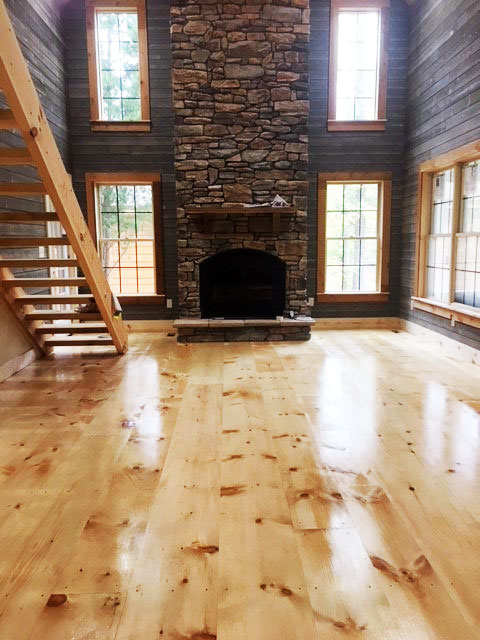 If you’ve been shopping for flooring, chances are that you at some point encountered questions about wood flooring grades, joints and patterns.
If you’ve been shopping for flooring, chances are that you at some point encountered questions about wood flooring grades, joints and patterns.
While flooring grades describe the coloring of a wood species and its allowable defects, flooring joint types describe the way they lock together during the installation process. The flooring pattern describes the functional or decorative shaping along the top edges of the boards when assembled together.
To help you get a lay of the land, here is a quick guide for your easy reference:
Wood Flooring Grades 101
The grade of the flooring describes its coloring, allowable “defects” such as knots, and possibly grain. Not all grades are available in each type of wood, and some types of wood have additional grades.
Here are the basic wood flooring grades, along with general descriptions and exceptions for certain wood species:
Standard Flooring Grade
- Country – A rustic look with sound knots and strong color variance
- Select – Clear of knots but still a mix of lighter and darker colors
- Prime – Clear, and only the predominant color
Eastern White Pine
- Country – A rustic look with sound knots and strong color variance.
- Skip Planed – Like Country, but with circular saw marks left on surface
Red Oak / White Oak
- Country – A rustic look with sound knots and strong color variance
- Select – Clear of knots but still a mix of lighter and darker colors
- Country Quartered and Rift – Like Country but sawn for its secondary “ray fleck” graining figure and extreme stability
- Select Quartered – Like Select, but sawn for its secondary “ray fleck” graining figure and extreme stability
- Select Rift – Like Select, but sawn for its exceptional straight grain and extreme stability
Wood Flooring Joints 101
The flooring joint determines how the boards are fit together; the joint mechanism lies along the edge(s) of the board. Joints are available for all types of wood unless otherwise noted.
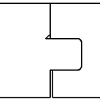 Tongue and Groove
Tongue and Groove
In “tongue and groove” style flooring joints, one edge has a rectangular piece sticking out in the center and the other edge has a rectangular piece cut into it. *Face nails or screws are recommended for boards 10″ and wider.
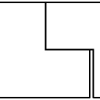 ShipLap
ShipLap
One edge has a rectangular piece sticking out at the bottom and the other edge has a rectangular piece cut into it. *Face nails or screws required.
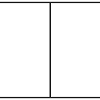 Square Edge
Square Edge
No joint – the boards lay flush to each other. *Face nails or screws required. Pine only.
Wood Flooring Patterns 101
The pattern of the flooring is functional or decorative shaping along the top edges of the board that creates a pattern when the boards are put next to each other.
All patterns are available for any joint.
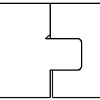 Square
Square
No shaping along the edges of the board – the edges are square
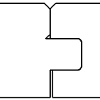 Microbevel
Microbevel
A small groove in a “V” shape. Standard width of the groove is 0.100″, but can be 0.030″-0.250″ upon request.
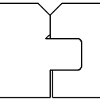 V-Groove
V-Groove
A wider groove in the shape of a “V”. Standard width of the groove is 0.250″, but can be 0.250″-0.375″ upon request.
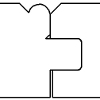 Beadboard
Beadboard
A groove 0.500″ wide in the shape of a “V” with a semicircle 0.250″ wide in the center that almost comes flush with the face of the board. Additionally, there is another bead in the center of the face.
Questions about wood flooring grades, joints and patterns? Connect with us today!








